
The Bell XP-77 development was initiated by the United States Army Air Forces during World War II to produce a simplified "lightweight" fighter aircraft using non-strategic materials. Despite being innovative, the diminutive prototype proved tricky to handle and the project was canceled when the XP-77 did not deliver its projected performance.

The Vought SBU-1 Corsair was a two-seat, all-metal biplane dive bomber built by Vought Aircraft Company of Dallas, Texas for the US Navy. Its design was based upon the F3U-1 two-seat fighter that was abandoned when the Navy decided not to obtain any more two-seat fighters.

The PZL.38 Wilk (wolf) (PZL-38) was a Polish heavy fighter developed and manufactured by PZL state factory in 1937. Intended for use primarily as a fighter-bomber, the Polish Air Force also envisioned it replacing light fighters in long-range operations, along with being able to serve as a light bomber. Only two examples were built before the project was cancelled in favor of a planned improved variant, the PZL.48 Lampart.

The Ranger V-770 was an American air-cooled inverted V-12 aircraft engine developed by the Ranger Aircraft Engine Division of the Fairchild Engine & Aircraft Corporation in the early 1930s.

The Fairchild AT-21 was an American World War II specialized bomber crew trainer, intended to train crews in the use of power gun turrets or a gun on a flexible mount, as well as learn to function as a member of a crew. It had a brief career as a training aircraft before modified bombers took over this role.
The Breda-Pittoni B.P.471 was an Italian twin-engine airliner/military transport produced by Breda.

The Jodel D.9 Bébé is a French single-seat ultralight monoplane designed by Jean Délémontez for amateur construction.
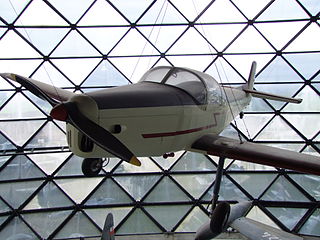
The LIBIS KB-6 Matajur was a 1950s Slovenian two-seat light monoplane designed and produced by LIBIS aircraft during Yugoslavian period.

The Edo OSE was a 1940s American single-seat multi-role floatplane designed and manufactured by the Edo Aircraft Corporation.

The Colonial Model C-1 Skimmer was an American small single-engined amphibian flying boat built by the Colonial Aircraft Corporation. It was the start of a line of very similar aircraft designed by David Thurston.

The Fiat BRG was an Italian heavy bomber prototype built by Fiat for the Italian Air Force. The BRG was a three-engine strut-braced high-wing monoplane. It had a deep slab-sided fuselage with one engine in the nose and two strut-mounted engines between the upper wing and a short stub wing attached to the lower fuselage. The BRG had a single fin and rudder and a wide-track landing gear. The pilot and co-pilot had a cabin forward of the wing leading edge. The aircraft was fitted with four machine guns, located in an open dorsal cockpit and a ventral tunnel. After testing in 1931 the prototype BRG was attached to 62 Squadriglia SPB, an experimental heavy bomber squadron.

The SIAI-Marchetti SM.102 was a 1940s Italian light transport cabin monoplane designed and built by SIAI-Marchetti.
The SIAI-Marchetti SM.101 was a 1940s Italian single-engined light transport cabin monoplane designed and built by SIAI-Marchetti.
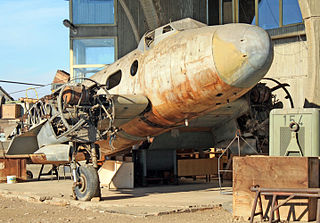
The Ikarus 214 was a military aircraft produced in Yugoslavia in the early 1950s. Originally intended as a light reconnaissance-bomber, it was produced as a trainer and transport aircraft when the testing of the prototype showed it had insufficient performance for the reconnaissance-bomber role.
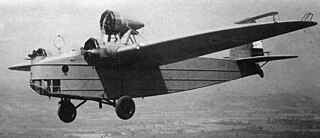
The Dornier Do Y was a German bomber of the 1930s, the second bomber design by Dornier Flugzeugwerke.
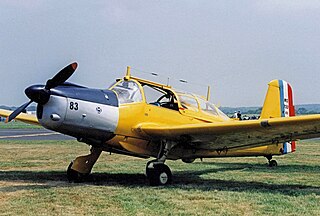
The Morane-Saulnier Alcyon is a two or three-seat basic training monoplane designed and built in France by Morane-Saulnier.

The Macchi MB.323 was an Italian single-engine basic training monoplane designed and built by Macchi. No orders were placed and only a prototype was built.

The Fiat BGA was an aircraft designed by Aldo Guglielmetti of the Italian Air Force.
The Ikarus 215 twin-engine plane, was a Yugoslav light bomber and a training aircraft of mixed construction, the prototype flew in 1949. It did not go into production. The prototype was used for training and as a liaison. It was designed and built at the Ikarus factory in Zemun-Belgrade.
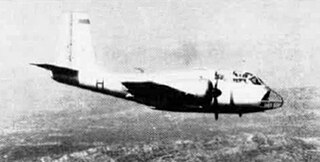
The twin turboprop Sud Aviation SE-116 Voltigeur of the late 1950s was a French army support aircraft capable of observation and ground attack operations. Three were built but no series production was undertaken.


















